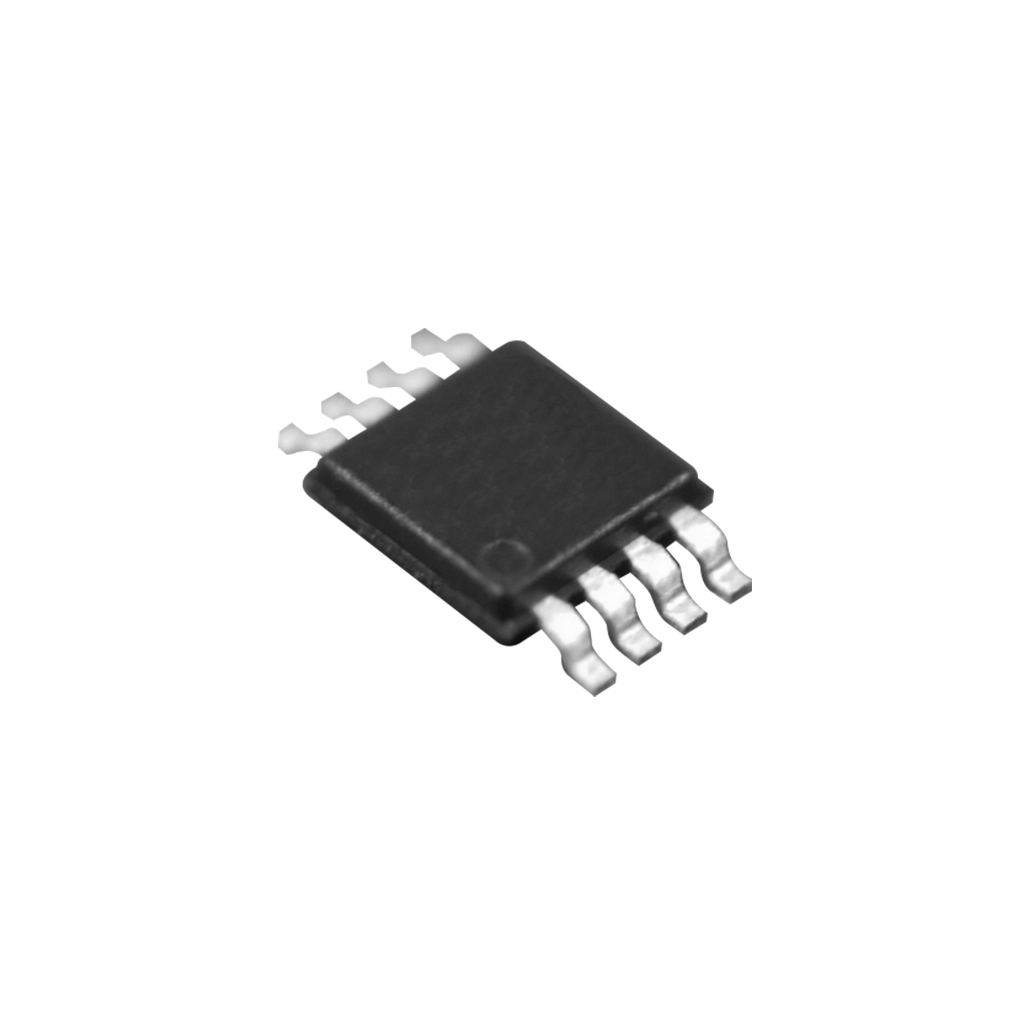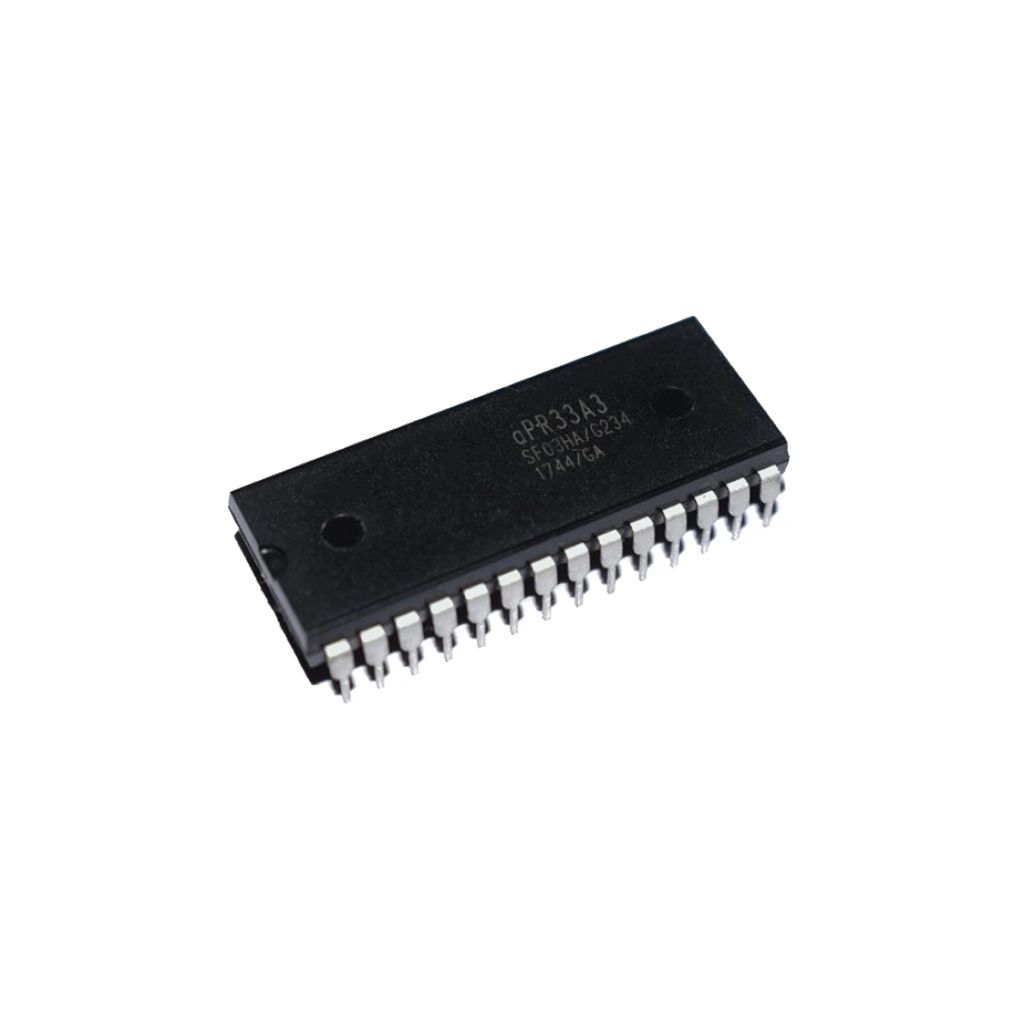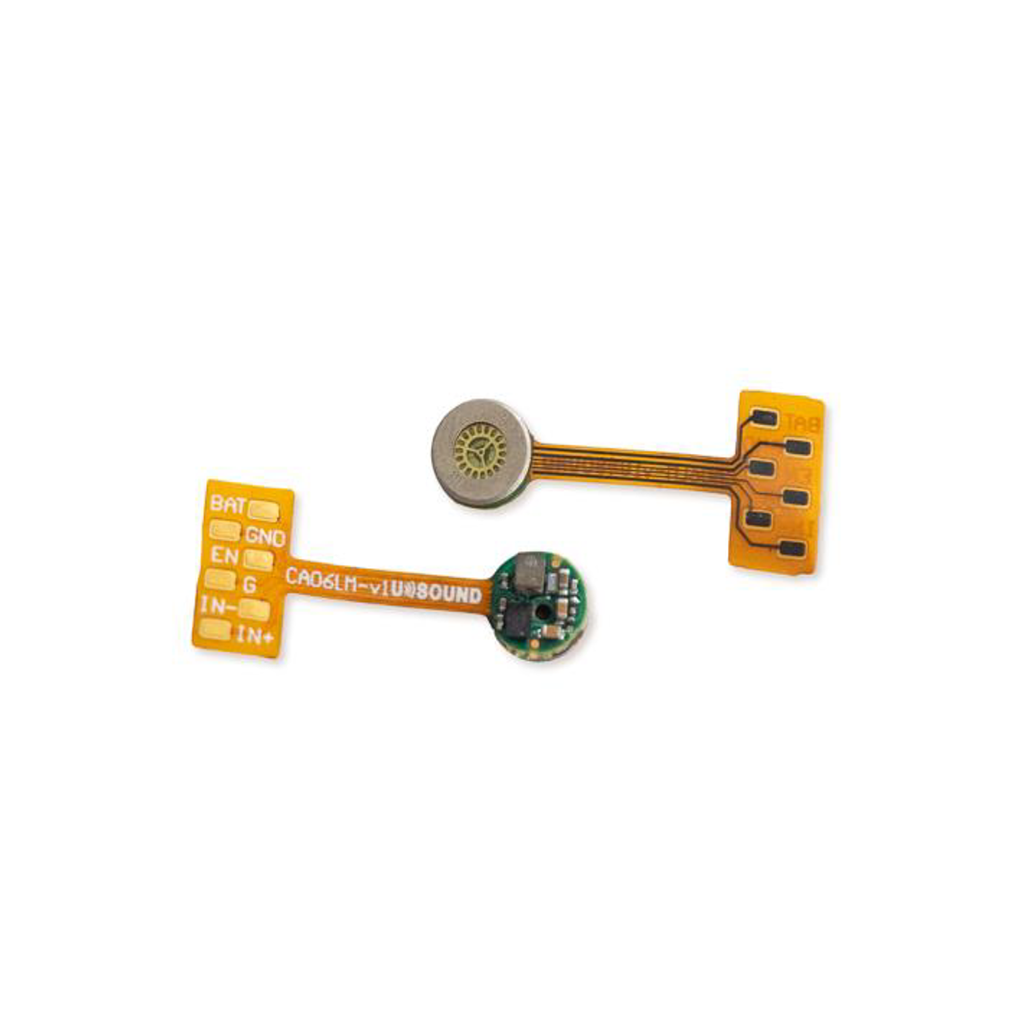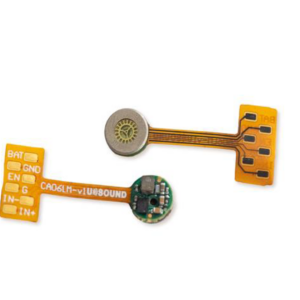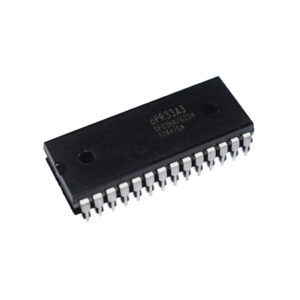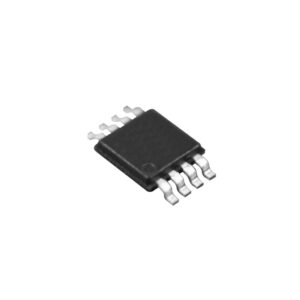
IC
An audio amplifier is used to drive a speaker because the audio signal from a microphone or another source is usually too weak and has too high impedance to move the speaker diaphragm effectively. A speaker diaphragm needs to vibrate back and forth rapidly and with enough force to create sound waves that we can hear. AATC not only offers amplifiers but also amplifier modules to simplify the design process.
Some of the benefits of using amplifier modules instead of just an amplifier are:
- Ease of integration: Amplifier modules are designed to be easily integrated into a circuit or system, as they usually have standardized interfaces, connectors, and mounting options. They also have built-in features such as protection circuits, filters, feedback networks, and heat sinks that simplify the design and reduce the component count.
- Performance optimization: Amplifier modules are optimized for specific applications, such as audio. They have been tested and characterized to meet certain specifications, such as frequency range, gain, efficiency, linearity, distortion, noise, and stability. They also have adjustable parameters that allow the user to fine-tune the performance according to the requirements.
- Reliability and quality: Amplifier modules are manufactured using high-quality materials and processes that ensure consistent and reliable performance. They also undergo rigorous testing and quality control to meet the standards and certifications of the industry. They have lower failure rates and longer lifetimes than discrete amplifiers.
- An amplifier module typically contains an amplifier unit along with other components that support its operation, such as:
- Power supply: This provides the necessary voltage and current to power the amplifier unit and its associated circuits. It may also include voltage regulators, converters, or inverters to adjust the input voltage to the desired level.
- Input and output stages: These are the circuits that interface the amplifier unit with the input and output signals. They may include buffers, attenuators, impedance matching networks, filters, isolators, couplers, or baluns to condition the signals and improve the performance.
- Feedback network: This is the circuit that provides feedback from the output to the input of the amplifier unit to control its gain, stability, bandwidth, or distortion. It may include resistors, capacitors, inductors, transformers, or op-amps to form various feedback topologies.
- Protection circuit: This is the circuit that protects the amplifier unit from damage due to overvoltage, overcurrent, overtemperature, short circuit, reverse polarity, or electrostatic discharge. It may include fuses, diodes, transistors, relays, or thermal switches to detect and prevent faults.
- Heat sink: This is the device that dissipates the heat generated by the amplifier unit and its associated circuits. It may include a metal plate, a fan, a liquid cooler, or a thermoelectric cooler to transfer the heat away from the module.
Read more

